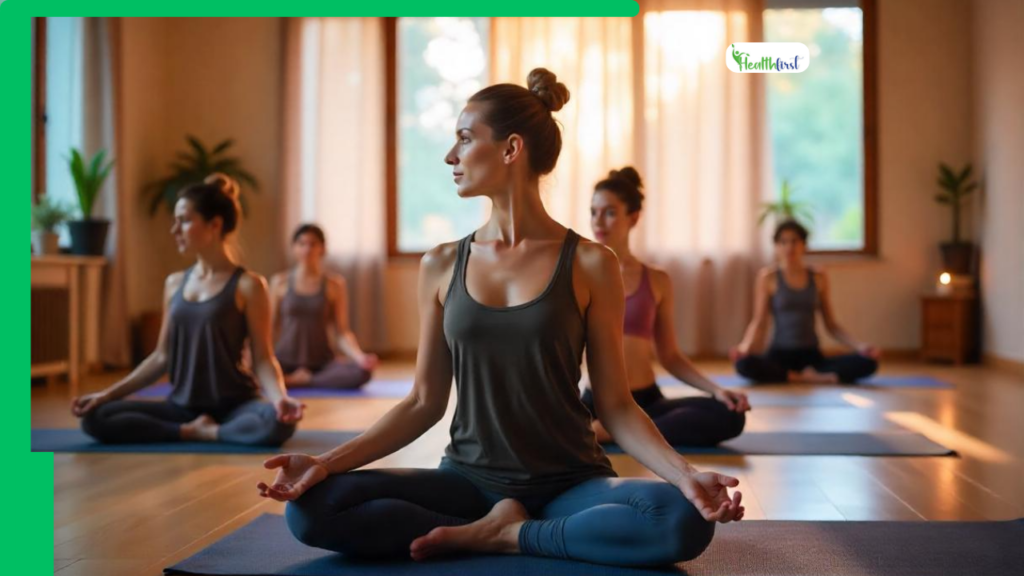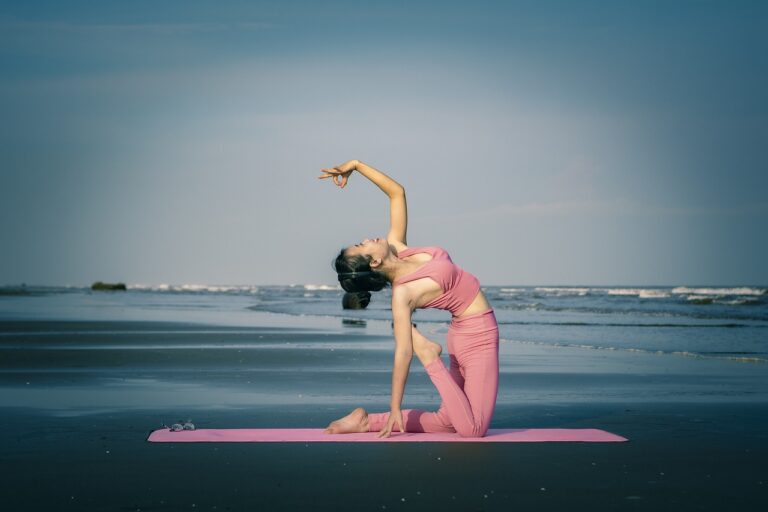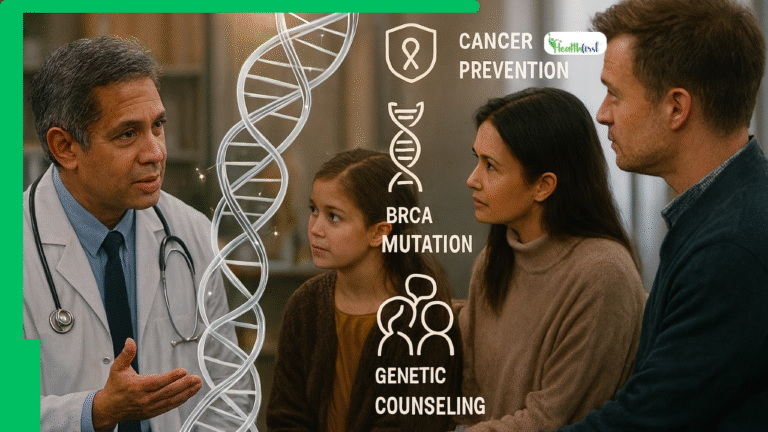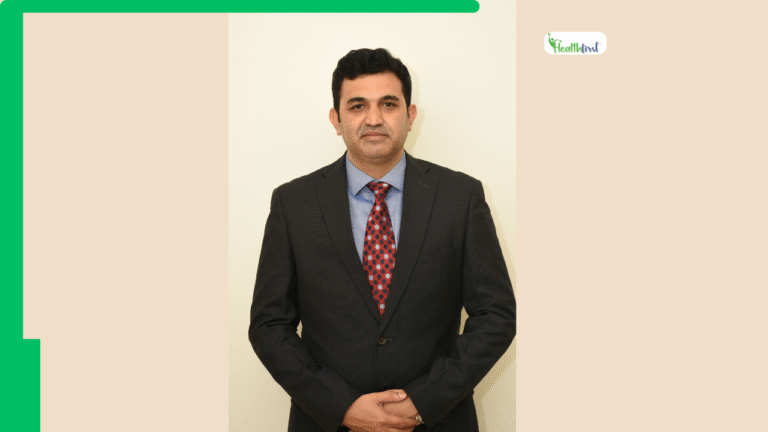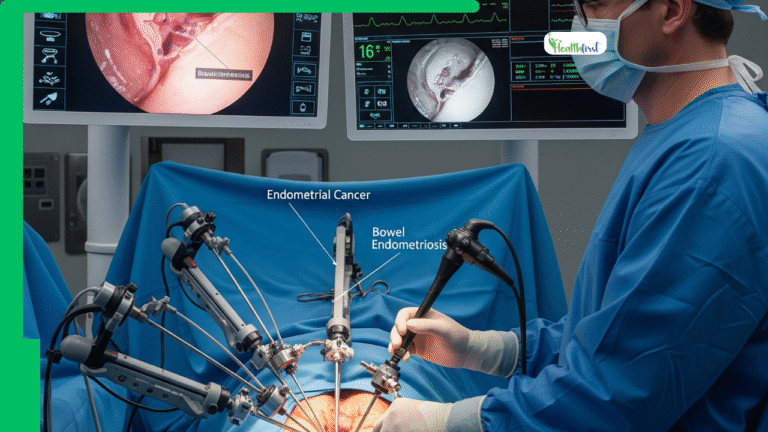By Madhuri Patil, Founder of Sungrace Yoga Studio
Musculoskeletal disorders, ranging from chronic back pain to joint stiffness, silently diminish the quality of life for many individuals. Whether it’s office workers experiencing postural imbalances, athletes recovering from injuries, or the elderly coping with degenerative conditions, these issues often escalate when left unaddressed. However, yoga, with its holistic approach to movement, breath, and mindfulness, has emerged as a powerful tool for restoring musculoskeletal health. At Sungrace Yoga Studio in Wakad, Pune, seasoned yoga practitioner and instructor Madhuri Patil has spent over two decades witnessing the profound impact of yoga on individuals struggling with pain and mobility challenges. Through careful observation and tailored practices, she has helped numerous students regain strength, flexibility, and balance.
Understanding Musculoskeletal Imbalances
Musculoskeletal discomfort often begins subtly—a minor twinge in the lower back, stiffness in the neck, or knee pain while climbing stairs. Over time, these small discomforts can progress into chronic conditions such as herniated discs, osteoarthritis, or frozen shoulder. Modern lifestyles contribute significantly to these issues, as prolonged sitting, repetitive movements, and even over-exercising create muscular imbalances. Poor posture and weak core muscles further strain the body, leading to compensatory movements that heighten discomfort.
Addressing Common Musculoskeletal Issues Through Yoga
One of the most prevalent complaints among individuals is lower back pain, which often stems from weak core stabilizers and poor spinal alignment. The lumbar spine bears the burden of sedentary habits, leading to conditions like sciatica—nerve pain radiating down the leg due to compression. A software engineer suffering from sciatica sought an alternative to passive rest and discovered relief through Balasana (Child’s Pose) and Bhujangasana (Cobra Pose), which helped decompress his spine and strengthen his core. Over time, he experienced significant pain reduction, proving that mindful movement can serve as an effective remedy.
Similarly, neck and shoulder tension has become increasingly common, exacerbated by excessive screen time and poor ergonomics. The tendency to hunch forward leads to kyphosis (excessive upper back rounding) and trapezius muscle tightness, which can cause headaches and cervical radiculopathy (radiating pain from the neck to the arms). A homemaker suffering from chronic neck tension found relief through Gomukhasana (Cow Face Pose) and Marjaryasana-Bitilasana (Cat-Cow Pose). Beyond physical movements, she learned to incorporate postural awareness into her daily routine, reinforcing yoga’s role in long-term musculoskeletal well-being.
Joint stiffness, particularly in the knees and hips, is another concern that restricts mobility and leads to degenerative conditions. With age or inactivity, synovial fluid, which lubricates joints, diminishes, causing friction and discomfort. While individuals with arthritis often fear movement, gentle yoga postures such as Virabhadrasana (Warrior Pose) and Sukhasana (Easy Pose) with mindful joint rotations promote circulation and flexibility. A retired teacher struggling with knee osteoarthritis initially believed she would be bound to a sedentary lifestyle, but through Malasana (Garland Pose) modifications, she gradually rebuilt strength and mobility.
The Science Behind Yoga’s Effectiveness
Unlike isolated exercises, yoga integrates strength, flexibility, and balance, creating harmony between opposing muscle groups. For instance, many individuals unknowingly overwork their chest muscles while neglecting their upper back, resulting in rotator cuff imbalances. Poses like Adho Mukha Svanasana (Downward-Facing Dog) and Garudasana (Eagle Pose) actively engage the entire shoulder girdle, fostering musculoskeletal stability.
Alignment plays a critical role in preventing injuries. A common mistake in yoga practice is prioritizing depth over form, which can lead to muscle strains or ligament sprains. Utthita Trikonasana (Triangle Pose), for example, requires proper knee alignment to avoid unnecessary strain. Props such as blocks and belts serve as valuable tools to support alignment while allowing individuals to progress safely. A middle-aged man with a herniated disc initially relied on a chair for forward bends but gradually transitioned to unsupported poses as his spine regained space and mobility.
Breathwork, or pranayama, also plays a pivotal role in musculoskeletal healing. Techniques like Dirgha Pranayama (Three-Part Breath) enhance oxygenation, calm the nervous system, and alleviate stress-induced muscular tension. Chronic pain often activates a cycle of muscular tightness, but synchronizing movement with breath can interrupt this response. Many students have reported dissolving shoulder tension simply by breathing into tight areas during Savasana (Corpse Pose), demonstrating the profound mind-body connection yoga cultivates.
A Commitment to Long-Term Healing
While yoga offers numerous benefits, consistency is key. Muscles and ligaments take time to adapt, and gradual progression yields sustainable results. For example, a student with scoliosis committed to practicing daily side planks to strengthen her convex side. Over the course of a year, her spinal curvature improved from 25 to 15 degrees, showcasing the power of dedicated effort. Yoga is not a replacement for medical interventions but serves as a complementary practice that enhances overall musculoskeletal health.
One of the greatest barriers to healing is the expectation of quick fixes. The body thrives on patience and kindness. A grandmother diagnosed with osteoporosis initially feared twisting poses but gradually developed confidence by modifying her practice. By avoiding forward bends and focusing on gentle spinal rotations, she transformed her mobility and quality of life.
Innovations in Yoga Therapy: Rope and Belt Therapy (RBT)
Sungrace Yoga Studio is now integrating Rope and Belt Therapy (RBT), an advanced medical yoga technique designed to enhance posture correction, spinal rehabilitation, and joint stabilization. RBT utilizes specialized ropes and belts to provide controlled support and traction, facilitating deep musculoskeletal healing. This innovative approach is particularly beneficial for individuals with postural imbalances, spinal disorders, and chronic joint pain. Whether it involves stabilizing the knee joint, mobilizing the hips, or alleviating tension in the pelvic region, RBT serves as an effective therapeutic tool that complements traditional yoga practices.
Embracing the Healing Power of Yoga
For those grappling with persistent musculoskeletal discomfort, the first step is to listen to the body and seek guidance from experienced instructors. Yoga is not about achieving extreme flexibility but about awakening the body’s innate intelligence. As Madhuri Patil often reminds her students, “The body whispers before it screams—heed its whispers, and you’ll find a path to strength, flexibility, and peace.” Through a mindful and dedicated practice, individuals can transform their relationship with their bodies, experiencing not only relief from pain but also a renewed sense of vitality and well-being.

